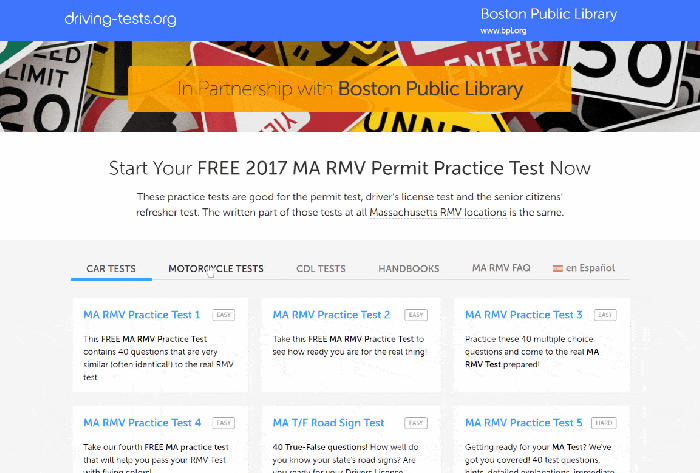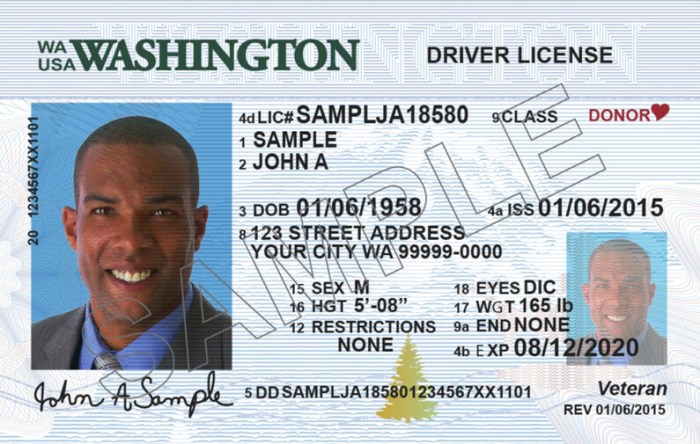Las preguntas para el examen de manejo en Washington son un paso crucial para obtener una licencia de conducir. Esta guía completa brinda una descripción detallada de las leyes, regulaciones, señales de tránsito y técnicas de conducción defensiva que se evalúan en el examen.
¡Prepárese para aprobar con confianza!
El examen de manejo en Washington cubre una amplia gama de temas, que incluyen leyes de tránsito, control del vehículo, señales de tránsito y técnicas de conducción defensiva. Esta guía aborda cada tema en profundidad, proporcionando ejemplos claros y consejos prácticos.
Traffic Laws and Regulations

Understanding and adhering to traffic laws and regulations is crucial for ensuring road safety and preventing accidents. In Washington state, drivers must obey the following rules:
Speed Limits and Penalties
Speed limits vary depending on the type of road and location. Exceeding the posted speed limit can result in fines, points on your license, and even license suspension. The penalties for speeding are as follows:
- 1-10 mph over the limit: $136 fine
- 11-15 mph over the limit: $234 fine, 3 points
- 16-20 mph over the limit: $332 fine, 5 points
- 21 mph or more over the limit: $430 fine, 10 points
Right-of-Way, Yielding, and Stopping
Drivers must yield the right-of-way to pedestrians, bicyclists, and other vehicles at intersections. Yielding means slowing down and allowing the other party to proceed. Drivers must also come to a complete stop at stop signs and red lights.
Passing and School Zones
Passing other vehicles is only permitted when it is safe to do so. Drivers must not pass in school zones or when approaching a pedestrian crosswalk.
Vehicle Control and Maneuvers
Proper vehicle control is essential for safe driving. Drivers should be familiar with the following techniques:
Starting, Stopping, and Turning
To start a vehicle, put the key in the ignition, turn it to the “on” position, and depress the brake pedal. To stop, release the gas pedal and gradually apply pressure to the brake pedal until the vehicle comes to a complete stop.
To turn, use the turn signals and check your mirrors before changing lanes.
Parallel Parking
Parallel parking involves maneuvering the vehicle into a space that is parallel to the curb. To parallel park, drive alongside the space, turn the steering wheel towards the curb, and reverse into the space while straightening the steering wheel.
Backing Up, Preguntas para el examen de manejo en washington
When backing up, use your mirrors and check your surroundings carefully. Turn the steering wheel in the direction you want the vehicle to go.
Three-Point Turn
A three-point turn is a maneuver used to turn the vehicle around in a narrow space. To perform a three-point turn, drive forward, turn the steering wheel all the way to one side, reverse, straighten the steering wheel, drive forward, and turn the steering wheel all the way to the other side.
Road Signs and Signals: Preguntas Para El Examen De Manejo En Washington

Road signs and signals provide important information to drivers. Understanding their meanings is essential for safe driving.
Types of Road Signs
Road signs are categorized into:
- Regulatory signs (e.g., stop signs, speed limit signs)
- Warning signs (e.g., curves ahead, slippery road)
- Informational signs (e.g., distance to next town, rest area)
Traffic Signals
Traffic signals control the flow of traffic at intersections. Drivers must obey the following signals:
- Green: Proceed with caution.
- Yellow: Slow down and prepare to stop.
- Red: Stop and wait for the green signal.
Yielding to Emergency Vehicles
Drivers must yield to emergency vehicles (e.g., police cars, ambulances, fire trucks) by pulling over to the side of the road and stopping.
Defensive Driving Techniques
Defensive driving is a set of strategies and techniques used to avoid accidents. Drivers should practice the following:
Anticipating Hazards
Drivers should anticipate potential hazards by scanning the road ahead, checking their mirrors, and being aware of the weather conditions.
Reacting Appropriately
When faced with a hazard, drivers should react calmly and appropriately. This may involve braking, swerving, or signaling.
Maintaining a Safe Following Distance
Drivers should maintain a safe following distance from the vehicle in front of them. This allows them time to react to sudden stops or changes in speed.
Special Driving Conditions

Drivers should be prepared to adjust their driving behavior in different weather conditions and other special circumstances.
Adverse Weather Conditions
In rain, snow, or fog, drivers should reduce their speed, increase their following distance, and use their headlights. On slippery roads, drivers should avoid sudden braking or acceleration.
Wildlife and Other Hazards
Drivers should be aware of wildlife and other hazards on the road, especially in rural areas. They should reduce their speed and proceed with caution when approaching animals or other obstacles.
Helpful Answers
¿Cuál es el límite de velocidad en las zonas escolares de Washington?
20 mph
¿Cuál es la multa por exceso de velocidad en Washington?
Varía según la gravedad de la infracción, pero puede oscilar entre $136 y $500.
¿Cuáles son las señales de tráfico más comunes en Washington?
Señales de alto, señales de ceder el paso, señales de límite de velocidad, señales de dirección única